Flipping the script: Leveraging leadership development training in young athletes
Are leaders born, or are they made? This is a key question in the field of sport psychology, and many believe it is the latter scenario that rings true – that while some young aspiring athletes have the characteristics to be a leader, leadership is actually a learned skill that needs to be honed and facilitated.
This latter scenario is something that Jedediah E. Blanton and his colleagues have sought to harness in the development of a free online course for high-school athletes to learn what leadership is, what kind of leader they want to be, and how they can use leadership to help their teams. The course, developed by staff from Michigan State University’s Institute for the Study of Youth Sports (ISYS) in collaboration with the Michigan High School Athletic Association, is split into ten chapters, covering topics ranging from positive peer modelling to communication.
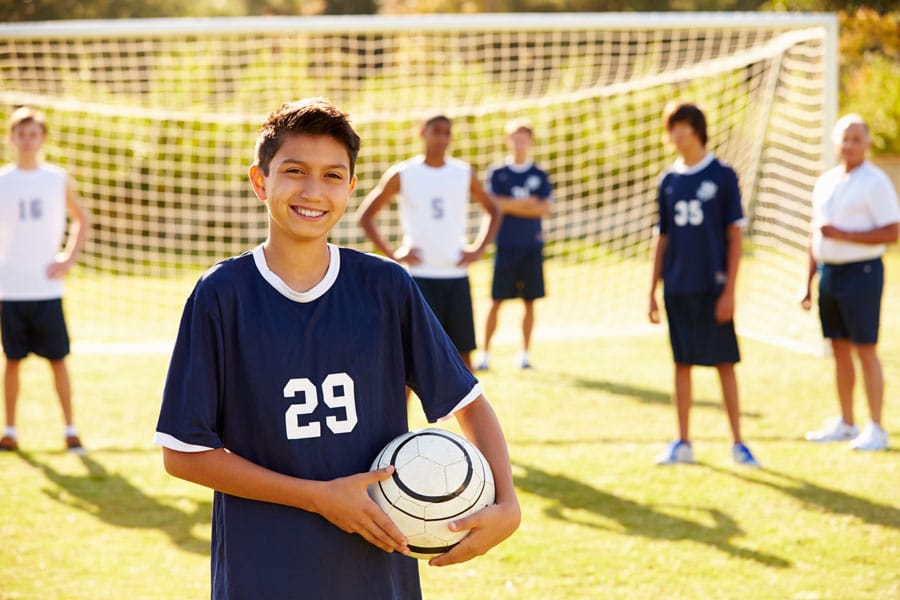
This course came to fruition as a result of over ten years of research by the team at the ISYS under the leadership of Dan Gould; and was carried out in collaboration with coaches and practitioners, studying the experience of high school captains, their relationships with their coaches, and engaging in outreach projects that impart leadership lessons and create an environment for young athletes to practice peer sport leadership. These studies found that high school captains receive little to no training on how to be a team leader; that they tend to be thrown into a leadership role by their coach in the hope that they’ll succeed.
The team describes the latest development of their research in the paper, ‘Flipping the Script: Using an online captain’s course to leverage leadership development with youth club soccer athletes’. Here, the team referred to a life skill development model, which emphasises that explicit teaching strategies are found to be more conducive to life skills learning, and that if athlete leadership is to be developed, coaches and other adult leaders should take the time to engage in explicit, direct, and youth-centered teaching strategies to train the young athletes. In stark contrast to the strategies advocated by this model, a study carried out by ISYS found that only 12 percent of high school coaches they interviewed had their captains participate in any kind of leadership training. ISYS then coordinated a ‘Captain’s Clinic’ in collaboration with the Michigan High School Athletic Association (MHSAA) for over ten years. While the in-person workshop was well-received, it offered little follow-up support, and wasn’t reaching the potentially thousands of student-athletes serving as captains throughout the U.S.
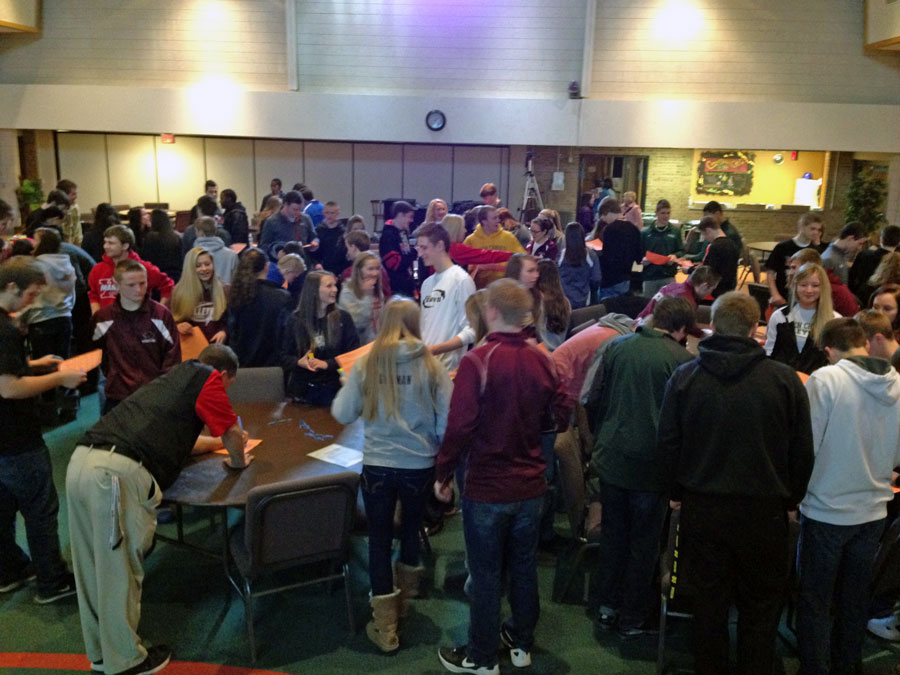
Science meets application
Putting their aim of bridging science and application into practice, the ISYS team have created an online course for high-school aged athletes interested in learning more about what it takes to be a good team captain. The course is free and accessible to anyone with an internet connection, so capable of reaching a wide audience. Indeed, 25,000 people have completed the course.
Studies found that high school captains receive little to no training on how to be a team leader.
In order to make the course more effective and put these assets into practice in a meaningful sports context, Blanton innovated a “flipped classroom” approach to supplement the lessons learned from the online course. Blanton defines “flipped classroom” as lectures out of the classroom, whereby students spend time with their teacher discussing and applying the material during class talks.
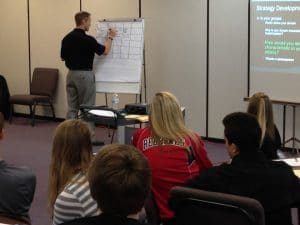
For Blanton’s particular intervention, the “flipped classroom” approach consisted of high school soccer athletes having face-to-face 30-minute meetings with a consultant (a graduate student and Blanton’s fellow colleague) every week before practice. In between the meetings, the athletes were tasked with completing a chapter from the online course. This allowed the short time the consultant had with the athletes to be more effectively used. New material was not being introduced during these in-person meetings; rather the consultant was able to clear up any confusion from material presented in the course and facilitate discussions and activities to help the athletes contextualise and transfer the skills to their team, as well as to school and life at home. Each meeting had a solid structure: recap the online course, apply lessons learned to their team and lives, then write goals and plans for the next week.
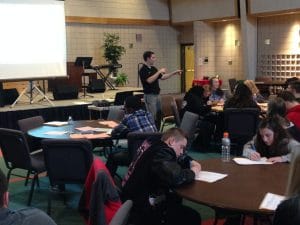
In his paper, Blanton puts forward three scenarios in which this “flipped classroom” learning supplement was put into practice, and the overall lessons learned from them. In the first scenario, Blanton describes how during the meetings, an injured athlete used tools from the online course to help her learn how to be an effective leader from the sideline. He also highlights the xemplary support given to the student from her fellow athletes and coach. These leadership qualities are advocated in Chapter 5 of the online course, specifically positive peer modelling, which is summarised as being the player you want your teammates to be, and modelling appropriate decision making and behaviours.
In the second scenario, Blanton describes the ways in which the athletes decided among themselves to share the task of bringing equipment to the practice sessions, which demonstrated responsibility and the valuing and empowering of other team members. Blanton states that these skills are core to Chapters 4 and 8 of the course, which acknowledge the many roles and responsibilities of a leader, and the importance of team cohesion.
To make the course more effective and put these assets into practice in a meaningful sports context, Blanton innovated a “flipped classroom” approach.
Power posing
In the third scenario, Blanton describes how the athletes gained confidence on and off the field by adopting a power posing technique, advocated by social psychologist Amy Cuddy. Research indicates that adopting this powerful posture prior to a job interview can lead to increased performance rating. According to Blanton, the students gave very positive feedback about using the technique to their advantage, with one student remarking that it helped her give a confident presentation in front of her class, while another claimed it boosted her performance during her driving test. This physical communication of confidence is covered in Chapter 6 of the online course, and was put into effective practice by the athletes involved in this program.

On the whole, Blanton feels that the “flipped classroom” approach was very successful in implementing the material taught by the online course, for it gave the students a space to discuss, practice, and extend the tactics to other areas of their life. Despite the sessions being limited to 30 minutes or less, having already reviewed the primary content online in between sessions allowed the athletes and consultant to use the time in creative ways, and to explicitly plan how to use the learned techniques both on and off the field.
A guide for others
Taking this forward to other sport psychologists and practitioners, Blanton highlights some recommendations for implementing a similar program, with a view to bridging science and application. First and foremost, the course has a free guide that coaches are encouraged to download as they help their athletes complete the course. They also suggest using handouts and worksheets during meetings to help recall key terms and concepts; building a rapport to gain trust with the athletes; and being creative with how to summarise and extend the concepts taught in the course, rather than letting the online material lead the sessions.
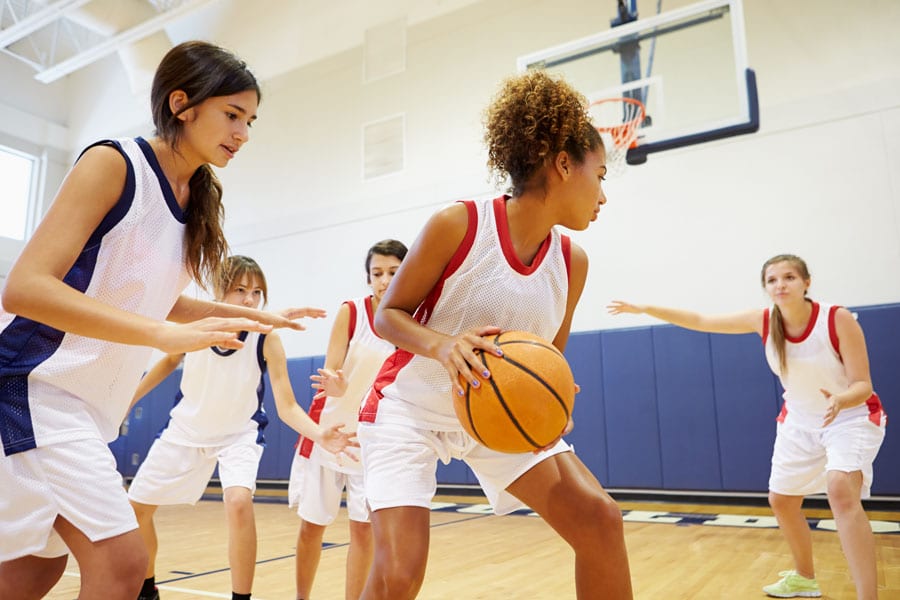
With free access to the online course and Blanton’s guide to supplementing the material, Blanton believes that sports practitioners can take youth leadership development in a positive and proactive direction.
For more information about the online Captain’s Course visit https://nfhslearn.com/courses/61028/captains-course
Personal Response
What impact is the online course having world wide?
<>We know that over 25,000 athletes have completed the course since its launch in 2015; this helps us feel like we are inching toward our goal of reaching a much wider audience than we could with the in-person clinic.
The course covers more material and lets athletes process leadership one concept at a time, but we know that such an educational program is only one piece of the leadership development puzzle. When a coach is involved in the training, helping the athletes to contextualise the lessons both for themselves and for their teams, and experiment with different tactics, we are going to see that the captaincy position is less a mark of distinction, and more of an opportunity to grow as a young person.